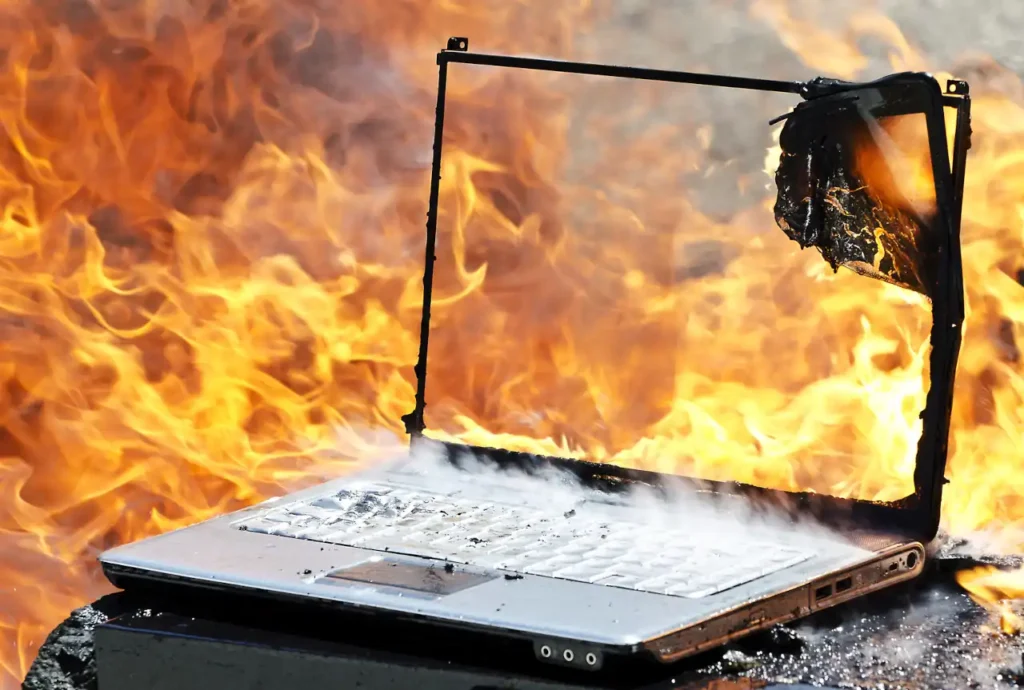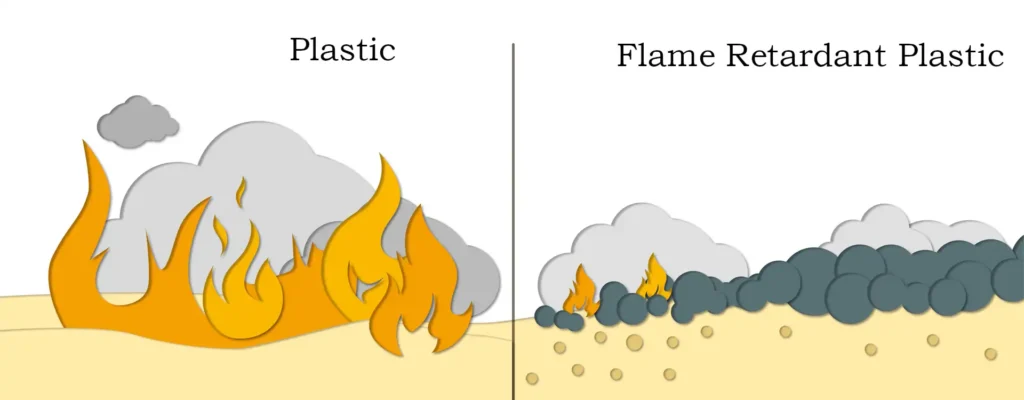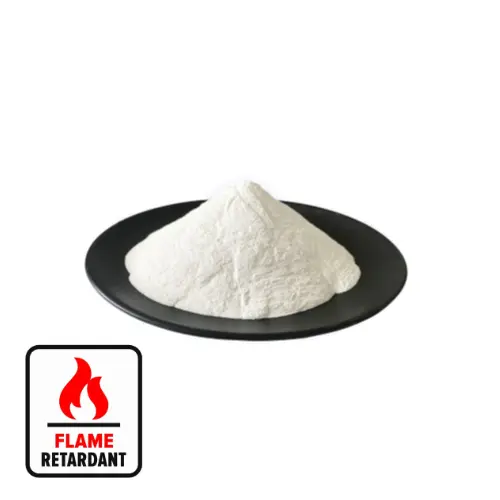Magnesium hydroxide is a new type of filling flame retardant. It releases bound water during thermal decomposition and absorbs a large amount of latent heat, thereby reducing the surface temperature of the synthetic material it fills in the flame. It has the effect of inhibiting the decomposition of polymers and cooling the generated combustible gases.
For a long time, magnesium hydroxide flame retardants have been high-end products in my country, and are basically blank. my country imports about 30,000 tons each year, most of which are used by foreign-funded enterprises in China, mainly used in high-end materials, such as wires and cables for nuclear power plants, insulation materials for high-speed railways, and communication equipment.
Magnesium oxide generated by the thermal decomposition of magnesium hydroxide is an ideal refractory material. In addition to helping optimize the fire resistance of synthetic materials, the water vapor released by decomposition also has a smoke suppression effect. Therefore, in the rubber industry, magnesium hydroxide is recognized as a high-quality flame retardant with the triple functions of smoke suppression, filling, and flame retardancy. At present, in the field of communication cables, the use of inorganic flame retardants in foreign countries such as Japan, the European Union, and the United States exceeds 64%, while China only accounts for 8%.

As an inorganic flame retardant, magnesium hydroxide has a smoke suppression function in addition to its flame retardant effect. In a fire, more than 80% of the victims were not burned to death, but died of suffocation due to thick smoke. The addition of magnesium hydroxide flame retardant can greatly reduce the smoke density during combustion and reduce the risk of people being choked to death. Secondly, polymer materials will have an insulating effect after adding magnesium hydroxide. Once burned, magnesium hydroxide will form a layer of magnesium oxide film. This layer of magnesium oxide film is resistant to high temperatures, can prevent further combustion, isolate air and other flammable materials, and increase people’s chances of survival when encountering a fire.
The wall materials of high-end villas abroad will add magnesium hydroxide, and the thermal insulation effect is very ideal. In addition, the roofs of most airports and large supermarkets will also use magnesium hydroxide flame retardant materials, which are insulated in summer and warm in winter. Although the amount of magnesium hydroxide flame retardant used abroad is very large, the amount of magnesium hydroxide flame retardant used in China is not much.
Although the market for high-end magnesium hydroxide flame retardants is still mainly monopolized by five manufacturers from the United States, Japan, and Israel, Messi Biology is committed to breaking this pattern. After 50 years of development, it has become one of the largest domestic enterprises integrating R&D, manufacturing and sales of new materials such as magnesium compounds. It has independent import and export rights and has passed the ISO9001 international quality certification system. It has developed new environmentally friendly nanomaterials that can completely replace imported products, filling the domestic gap and changing the phenomenon that my country can only rely on imported products in the past. It has occupied more than 50% of the high-end product market share in multiple industries such as liquid crystal glass, lithium batteries, ceramics, and plastics.


